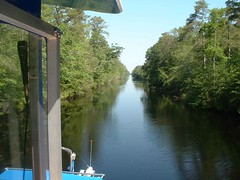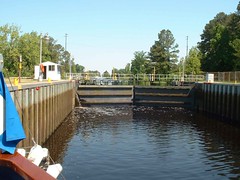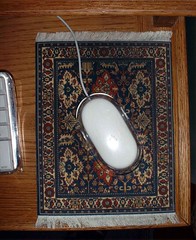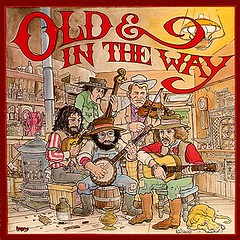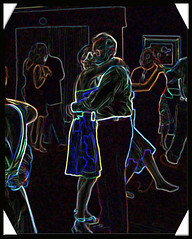 Harper Brent could have been my father, but he wasn't. He was my stepfather. We laid him to rest last weekend in the family cemetery at his childhood home, "Roanoke," in Heathsville in Virginia's Northern Neck. He was 85.
Harper Brent could have been my father, but he wasn't. He was my stepfather. We laid him to rest last weekend in the family cemetery at his childhood home, "Roanoke," in Heathsville in Virginia's Northern Neck. He was 85."Roanoke" is adjacent to Heathsville High School. It was there in the early 1930's when my mother and Harper began dating.
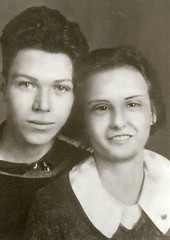 But they drifted apart after mother moved to Richmond after graduation and Harper enrolled in V.P.I. - what today is called Virginia Tech. In 1940 Harper graduated with a degree in Electrical Engineering. Soon thereafter mother met another recently graduated electrical engineer, this one from UVA. He would become my father.
But they drifted apart after mother moved to Richmond after graduation and Harper enrolled in V.P.I. - what today is called Virginia Tech. In 1940 Harper graduated with a degree in Electrical Engineering. Soon thereafter mother met another recently graduated electrical engineer, this one from UVA. He would become my father.But before marriage or parenthood would come World War Two. Harper joined the Army, my father the Navy. Harper ended up in Europe while my father remained close to the US coast installing a new weapon of war, radar, on Navy ships. If Harper fired a gun or came under fire he did not speak of it to me. Instead he told stories of military support roles he played and the time he was almost caught behind the lines during the "Battle of the Bulge." I expect he saw more than he cared to talk about. He eventually rose to Captain, earned the Bronze Star, and developed a love for the nation he was helping liberate, France.
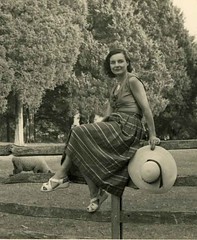 While his attempts to find employment in France after the war were unsuccessful, he had better luck with Gilberte Jeanne "Jean" Mourice, who became Mrs. Brent in early 1947.
While his attempts to find employment in France after the war were unsuccessful, he had better luck with Gilberte Jeanne "Jean" Mourice, who became Mrs. Brent in early 1947.Harper and Jean moved back to the states, spending their years together in the New York metro area. Harper had several employers as he came to specialize in industrial, commercial and military batteries.
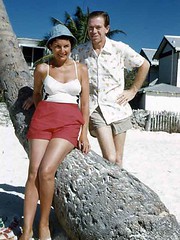 Jean excelled in her role as the Parisian war bride, providing a bit of the exotic for her new southern in-laws. Although they had no children, they devoted themselves to their numerous cats, and, it seems, to each other.
Jean excelled in her role as the Parisian war bride, providing a bit of the exotic for her new southern in-laws. Although they had no children, they devoted themselves to their numerous cats, and, it seems, to each other.Meanwhile, in 1942 my mother and father were married in - of all places - Harvard Chapel, Cambridge Massachusetts. My father was taking classes there in preparation for whatever assignment the Navy would have for him. A few days after VJ Day in 1945 they decided to start a family. I was born in May 1946, among the first of who would be called “boomers.” About the time Harper and Jean were sailing to America my father took a job in Southside Virginia with a small electrical cooperative. These electrical distribution companies were collectively known by the name of the federal governmental program that spawned them, REA co-ops. While Harper designed and built batteries, my father designed and built power lines to rural customers.
In the early 1980’s both Jean and my father died of cancer. A high school classmate told mother of the death Harper’s wife. Mother sent him a card of condolence. Before long exchanges of letters and phone calls led to visits. Harper married his high school sweetheart in 1983.
Harper retired and moved to mother’s home in Southside Virginia the following year.
 As much a traveler as my mother was not, Harper yanked mother out of her kitchen and to Alaska and France, among other destinations. Although both were by now set in their ways and often got along like oil and water, they were good for each other.
As much a traveler as my mother was not, Harper yanked mother out of her kitchen and to Alaska and France, among other destinations. Although both were by now set in their ways and often got along like oil and water, they were good for each other.A couple of years ago Harper’s health began to fail. His lungs were weak, probably as result of industrial asbestos damage. His bones became brittle; osteoporosis ran in the family. Finally his short-term memory began to fail. Like the parson’s one-horse shay, last week Harper just gave out.
Harper was always kind and thoughtful to my sister and me. He was sensitive to the memory of my father and devoted to my mother. While he fought his growing disabilities, Harper complained little as his health failed, occasionally finding humor in his reduced circumstances. He was an inspiration to my daughter, instilling a love of France and the French language that is embedded deeply in her being.
Harper is back home now, lying beside Jean. We are sad; we will miss him. But perhaps we should be happy as we remember him, and his long and good life.

